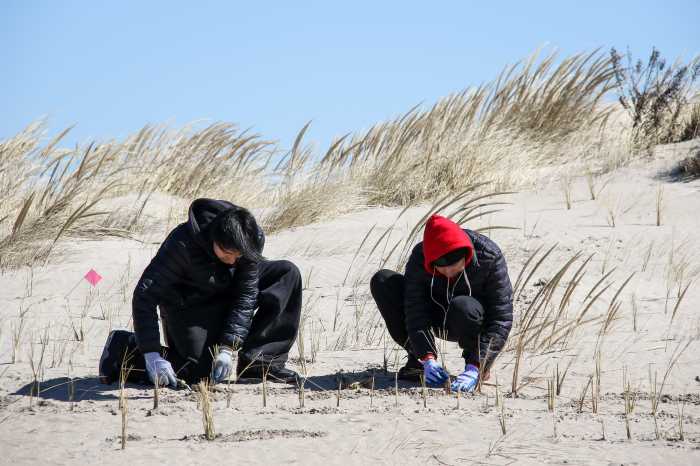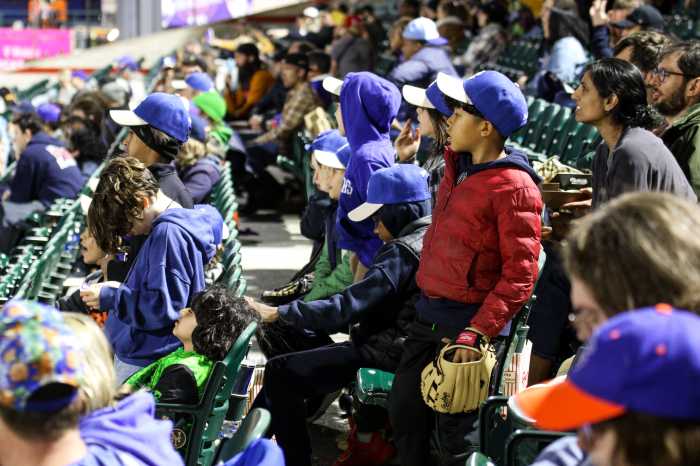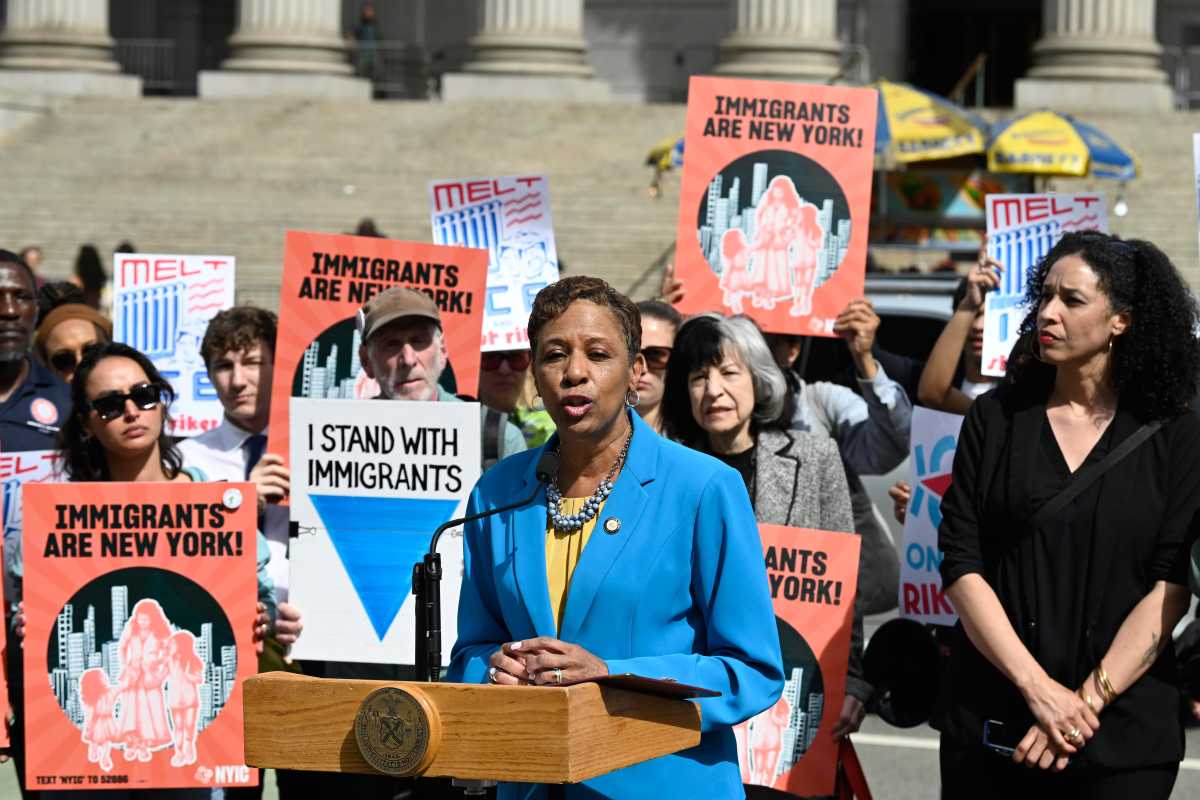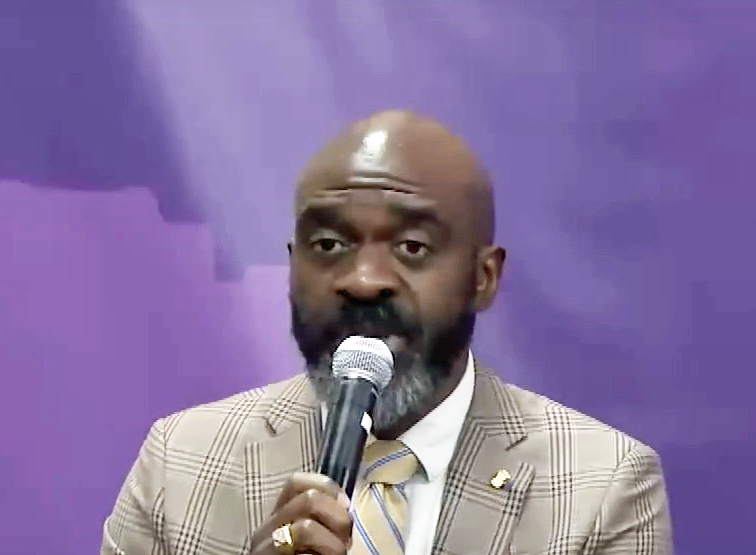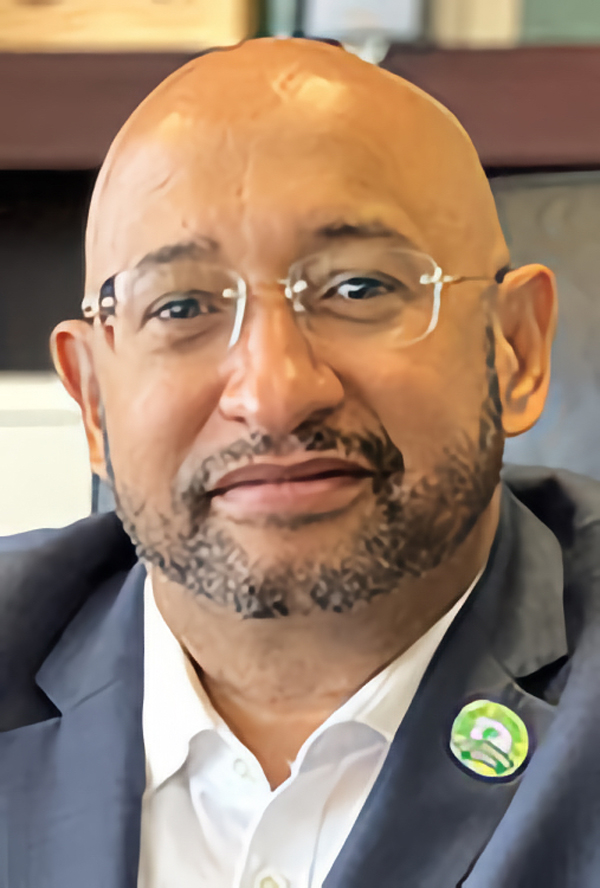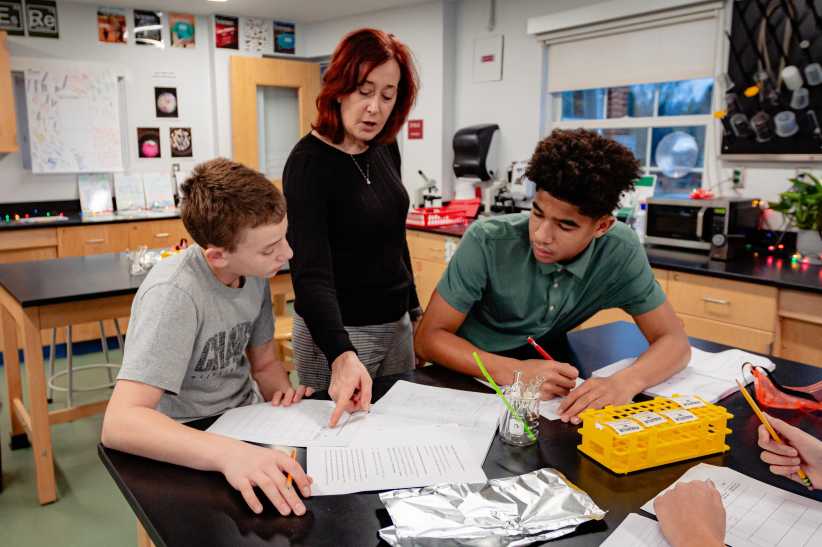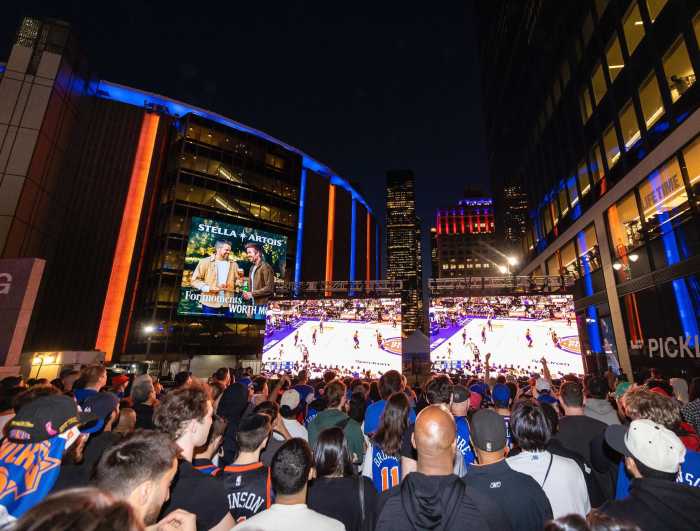Swim at your own risk this Fourth of July.
Waters stretching from Manhattan Beach to Coney Island are ridden with dangerously high levels of bacteria, according to a scathing report released this week by an environmental advocacy group, just in time for the long weekend.
Using data off of water samples taken last year by state-commissioned scientists, the Natural Resources Defense Council found that there is raw sewage lurking in the waves that can cause illnesses like dysentery, pink eye and stomach flu.
The result isn’t surprising to one frequent Coney swimmer.
“Coney Island is so gross!” said Johnny Knapp, a surfer who lives in Greenpoint. “Whenever I swim there I feel the filth on me for the whole day.”
In addition to Coney, the national report found four other Brooklyn beaches with contaminated water: Brighton Beach between Brighton 15th and Sixth streets, Manhattan Beach, Kingsborough Community College, and Kiddie Beach, a private beach in Gerritsen Beach which, at 14 percent, had the highest percentage of contaminated water samples in Kings County.
Kiddie Beach’s Shell Bank Creek was allegedly used as a sewer by four local businesses for nearly a decade, and some residents say that this latest news may keep them out of the water for good.
“I’ve always been wary about swimming at the beach, and I would definitely not allow my kids to swim in Kiddie Beach on days when bacteria levels are high,” said local Sharon Rizzoto.
Those days tend to be after storms, when bacteria builds up as a combination of waste and rainwater overflows sewage pipes and floods into beach waters, according to Natural Resources Defense Council spokesman Larry Levine. The agency recommends staying away from the beach for a few days after heavy rain.
The city Health Department studies the same state-issued samples as the Natural Resources Defense Council, but its 2010 report on water quality sang a very different tune: bacteria levels only exceeded state limits at one spot — in the bay between Brighton Sixth and 15th streets — on one day (July 17) last year.
That’s because the city calculates the average amount of bacteria in the samples taken when beaches are open between Memorial Weekend and Labor Day — not year-round, like the National Resources Defense Council report did.
“A large amount of the number of samples that exceed state standards, as reported by Natural Resources Defense Council, are during times when bathing at those beaches is not allowed,” said the Health Department in a written statement. “New York City’s beaches are a haven of safe, clean and healthy recreation during hot summer months.”
Some beach-goers don’t believe the Natural Resources Defense Council’s hype, either, and will swim where they please this summer.
“You can’t get too carried away by what some environmental nuts say,” said Gary Lewis, a Kiddie Beach enthusiast. “I’ve never gotten sick from swimming in Kiddie Beach and I’ll continue to do it.”




